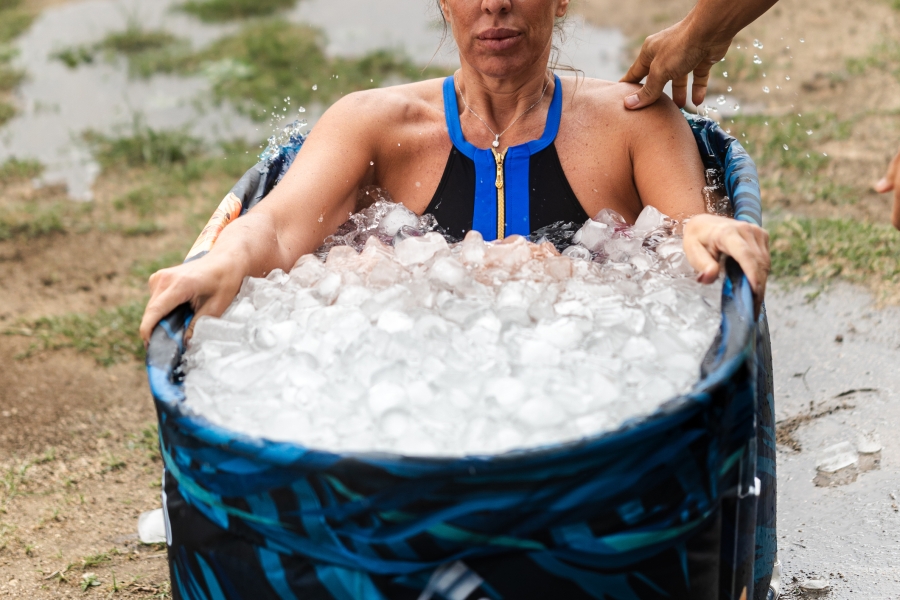Many of my patients have lived with joint pain for weeks, months, or even longer before getting help. I often discover that they have a common injury called tendonitis.
Tendonitis can be easy to treat, but I always want patients to come see me earlier rather than later. Early tendonitis treatments can help patients feel less pain and keep the injury from getting worse.
Here are a few things I tell my patients about tendonitis that I want everyone to know.
1. You can feel tendonitis, but you can’t always see it.
Tendonitis is a painful condition that can affect the hand, wrist, shoulder, bicep, calf, knee, or ankle. It occurs when a tendon — the thick, flexible tissue band connecting muscle to bone — becomes inflamed. Since tendons help muscles move bones, you feel pain at the affected joint. The joint becomes sore, stiff, or weak, especially during or after a repetitive activity. The area near the joint can sometimes appear swollen, but other times it may not look injured at all.
2. Tendonitis is often caused by repetitive motions.
Some patients don’t know what caused their injury because tendonitis occurs from making the same movement many times. Physical activities such as throwing a ball, swinging a racket or golf club, or running, are some of the most common causes. But tasks like gardening, painting, carpentry, or even cleaning can also cause tendonitis.
3. Some people may be at higher risk for tendonitis than others.
The risk for tendonitis rises after age 40. That’s because tendons become less flexible with age, which makes them more vulnerable to injury.
Most of my patients perform an activity that involves repetitive motion — in sport, on the job, or as part of a hobby — but anyone can develop tendonitis.
4. Treatment can often be managed at home.
I often recommend starting with conservative treatments, especially for mild tendonitis cases. The most important step is to rest the affected area by greatly limiting the activity causing the pain. I also tell patients they can:
- Elevate the affected area to help reduce swelling
- Apply compression to the area and ice it throughout the day to reduce swelling
- Take over-the-counter anti-inflammatory medications (Advil, Aleve) to help relieve swelling and pain
- Stabilize the area with a brace, splint, or band
If at-home measures aren’t working or if a patient’s tendon is torn, they may need corticosteroid injections (with a drug such as cortisone) or surgery to repair the injury. Physical therapy can help restore strength and function.
5. You may be able to prevent tendonitis.
Injuries that affect a joint aren’t always avoidable. However, I encourage my patients to be proactive — especially if they have a job or hobby that puts them at risk for tendonitis. Some of the strategies I recommend include:
- Easing into new or less challenging physical activities
- Always stopping activity if it causes pain
- Taking regular breaks when performing repetitive tasks
I also recommend working with a physical therapist. These experts can help a person change their activities to avoid overusing a joint. They can also teach someone simple at-home exercises to improve their range of motion and decrease joint stiffness.
Get help for your joint pain
Tendonitis may go away on its own over time, but that’s not always the case. That’s why I tell people with recurring joint pain to see a tendonitis specialist. These doctors can diagnose the problem and get patients with tendonitis on the road to recovery faster.
Schedule an appointment with a Temple Health tendonitis specialist today if you’re feeling any joint pain or need a second opinion.
Helpful Resources
Looking for more information?
